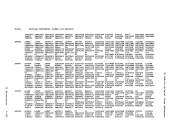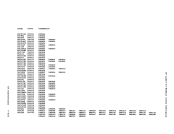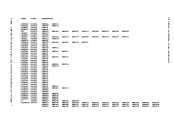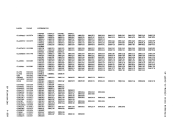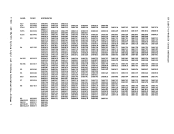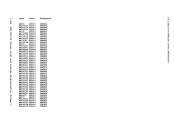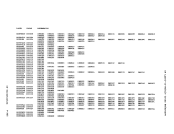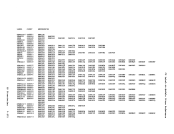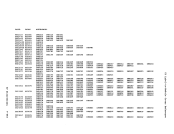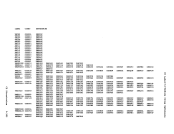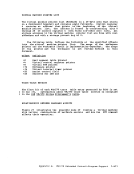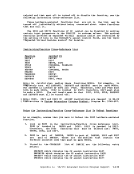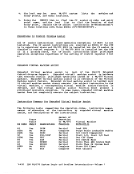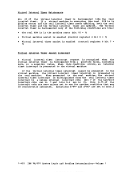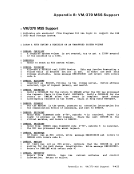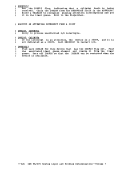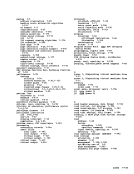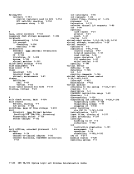or not retry is possible and passes control to an ERP through the I/O interruption handler. DASD errors are processed as described below.
Channel~§ • I/O interface inoperative on a 3031, reflected to the virtual .achine if
Otherwise, a wait stateX'0002' occurs. 3032, or 3033 processor is
the channel is dedicated.• Channel control check is treated as seek check. It is retried 10 times. • Interface control check is treated as seek check. It is retried 10 times. • Channel data check is treated as data check. It is retried 10 ti.es.
Equipmentch~k: Retry the operation 10 ti.es for 3330, 3340, 3350, and 2305 devices; twice for the 2314 and 2319. !g ~ord !gy~g and ~issing ~~dre§§ ~arks: Recalibrate and retry the
channelprogram 10 tiaes (2314/2319). No record found: Execute a READ HO!E ADDRESS and check ho.e address agains~seek--address. If they are the same, consider the error
peraanent. If they are not equal recalibrate and retry the channel
program10 ti.es (2314/2319). For other devices, return to caller. ~eek £h~ck: Retry the operation 10 times except that 3330/3350 seek
checks are retriedby hardware.
Intervention~equire~: Issue a message to console and wait for solicited
device end. This procedure is repeated once.~Y2 2Y1 check: One retry of the operation.
Data checks: For 2314/2319 retry the operation 256tiaes, with a
recalibrate being executed every 16thtiae. For the 2305/3340, retry
the operation10 times. For the 3330/3350, the operation is retried by hardware. Ov!££~~: Retry the operation 10 times. !issinq add~§§ .ark~~: Retry the operation 10 ti.es. ~~g rej~£!: The command is not retried. ~hainiDg chec~: Test for command reject.
operation10 tiaes.
If not present, retry the~nviroA!enta! dat~ pres~1: Issue a BUFFER UNLOAD com.and and retry the
operation.
Track condition check:On condItion check-is-received alternate track software
permanent error. CP does
devices; this support is
Recovery, ERP(D!KTRK)." CP I/O and Diagnose I/O, when a track
fro. a device for which CP does not provide
recovery, the condition is treated as a
provide alternate track support for other
described in the section "Alternate Track
1-164IB! V!/370 System Logic and Problem Deter.ination--Volume 1
Channel
Otherwise, a wait state
the channel is dedicated.
Equipment
channel
peraanent. If they are not equal recalibrate and retry the channel
program
checks are retried
Intervention
device end. This procedure is repeated once.
Data checks: For 2314/2319 retry the operation 256
recalibrate being executed every 16th
the operation
operation
If not present, retry the
operation.
Track condition check:
permanent error. CP does
devices; this support is
Recovery, ERP
fro. a device for which CP does not provide
recovery, the condition is treated as a
provide alternate track support for other
described in the section "Alternate Track
1-164






















































































































































































































































































































